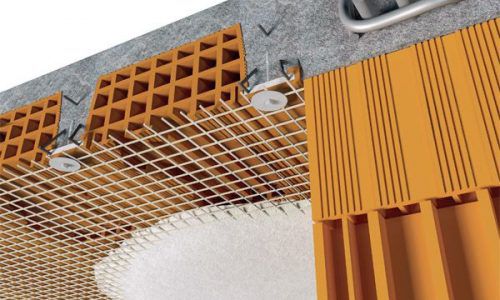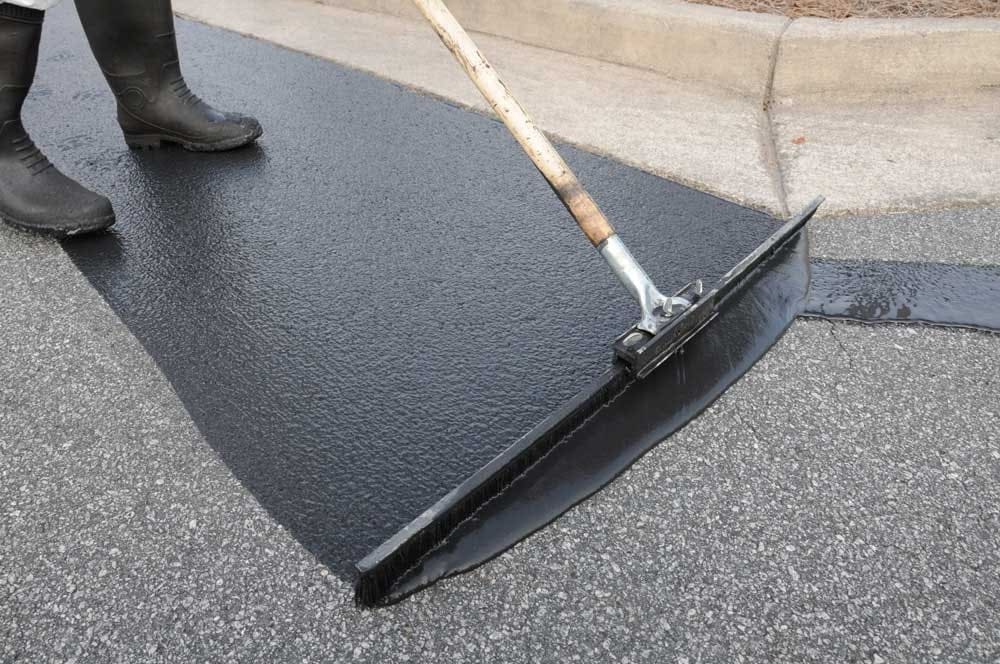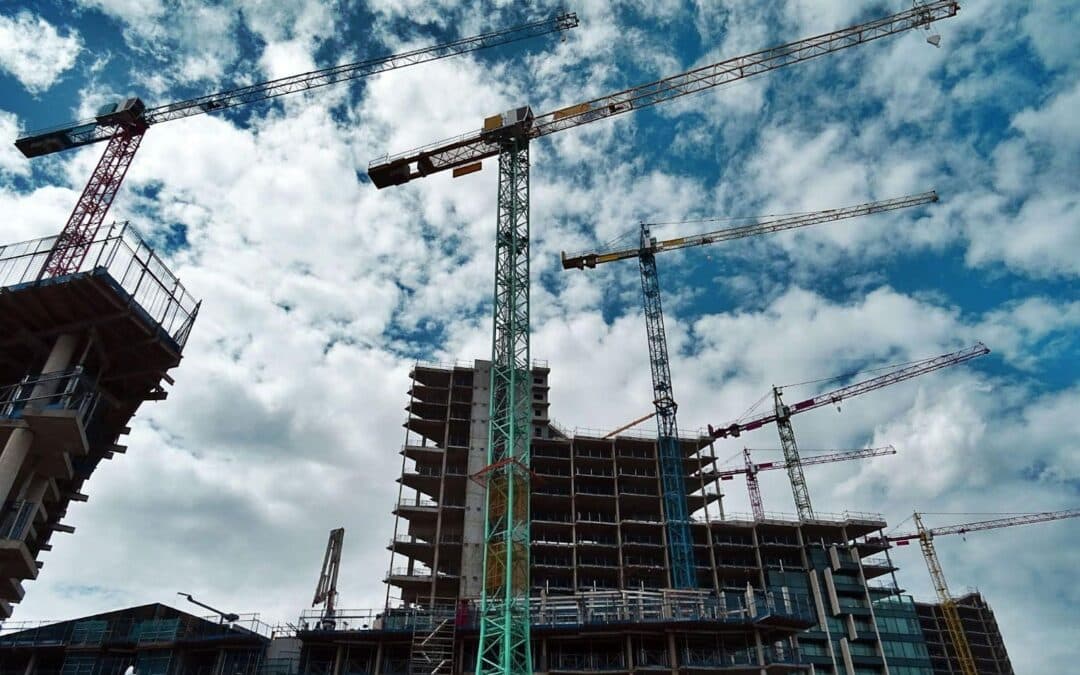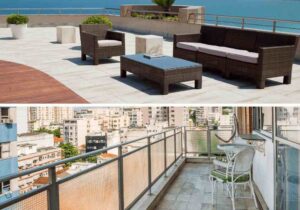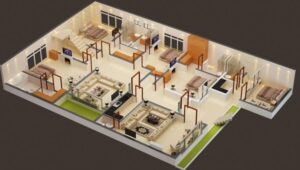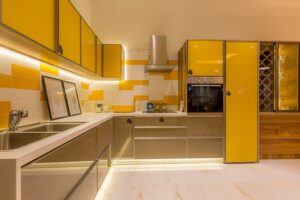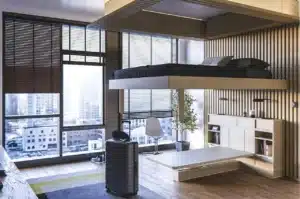Glass Reinforced Plastics (GRP) In Construction A Revolutionary Building Material
SEO Meta Description:
Unlock the potential of Glass Reinforced Plastics (GRP) in construction. Learn how this innovative material is transforming the industry. Discover its applications, benefits, and why GRP is a game-changer.
Introduction
In the dynamic realm of construction, innovation is the key to sustainable progress. Glass Reinforced Plastics (GRP) has emerged as a revolutionary material, reshaping how we approach building projects. This article explores the versatility and advantages of GRP in construction, shedding light on its various applications and the positive impact it has on modern building practices.
Glass Reinforced Plastics (GRP) In Construction: Unveiling the Potential
Understanding Glass Reinforced Plastics (GRP)
Glass Reinforced Plastics, commonly known as fiberglass, is a composite material made from a combination of fine glass fibers and a polymer resin. This section delves into the composition and fundamental characteristics of GRP, laying the foundation for a comprehensive understanding.
Evolution of GRP in Construction
Tracing the historical trajectory, we explore how GRP has evolved from its inception to becoming a pivotal player in the construction industry. This journey showcases the material’s adaptability and its transformative role in modern architecture.
Applications of GRP in Construction
Unleashing the versatility of GRP, this section examines its diverse applications in construction. From structural elements to aesthetic enhancements, GRP proves its mettle in an array of construction facets.
Advantages of Choosing GRP
Highlighting the myriad benefits, we discuss why architects and builders are increasingly turning to GRP. Its lightweight nature, durability, and resistance to corrosion make it an attractive choice for various construction projects.
Sustainable Construction with GRP
In the era of eco-conscious building practices, GRP stands out for its sustainability. We explore how this material aligns with green construction principles, contributing to a more environmentally friendly future.
Challenges and Solutions in GRP Implementation
No innovation is without its challenges. This section addresses common issues faced during GRP implementation in construction and presents viable solutions, ensuring a balanced perspective.
Case Studies: Successful GRP Construction Projects
Drawing inspiration from real-world examples, this segment showcases noteworthy construction projects where GRP played a pivotal role. These case studies serve as a testament to the material’s efficacy.
Future Trends: What’s Next for GRP in Construction
Peering into the crystal ball, we discuss the anticipated future trends in GRP applications. From technological advancements to evolving design preferences, we explore the trajectory of this material.
Glass Reinforced Plastics (GRP) vs. Traditional Materials
Pitting GRP against conventional construction materials, we analyze the comparative advantages and disadvantages. This section aids decision-makers in making informed choices for their projects.
Ensuring Safety Standards in GRP Construction
Safety is paramount in construction. Here, we elaborate on the safety protocols and standards associated with GRP applications, ensuring that its adoption aligns with industry best practices.
FAQs: Addressing Common Queries
Q: How long does GRP typically last in construction projects?
GRP has an impressive lifespan, often exceeding 50 years when properly maintained. Its durability is a key factor contributing to its widespread use in various projects.
Q: Is GRP environmentally friendly?
Yes, GRP is considere environmentally friendly. It is recyclable, and its production has a lower environmental impact compared to some traditional construction materials.
Q: Can GRP be use in coastal construction projects?
Absolutely. GRP’s resistance to corrosion makes it an excellent choice for coastal projects, where exposure to saltwater and harsh weather conditions is a concern.
Q: What maintenance is require for GRP structures?
Routine inspections and cleaning are usually sufficient to maintain GRP structures. Its resistance to rust and corrosion minimizes the need for extensive maintenance.
Q: Is GRP cost-effective compare to traditional materials?
While the initial cost of GRP may be higher, its long lifespan and low maintenance requirements often make it a cost-effective choice in the long run.
Q: Can GRP be use for load-bearing structures?
Yes, GRP is frequently use for load-bearing structures. Its high strength-to-weight ratio makes it an ideal choice for such applications.
Conclusion
Glass Reinforced Plastics (GRP) is not merely a construction material; it’s a catalyst for positive change in the industry. This article has provided a holistic view of GRP, from its composition to real-world applications. As the construction landscape continues to evolve, GRP stands tall as a beacon of innovation, offering durability, sustainability, and endless possibilities.

